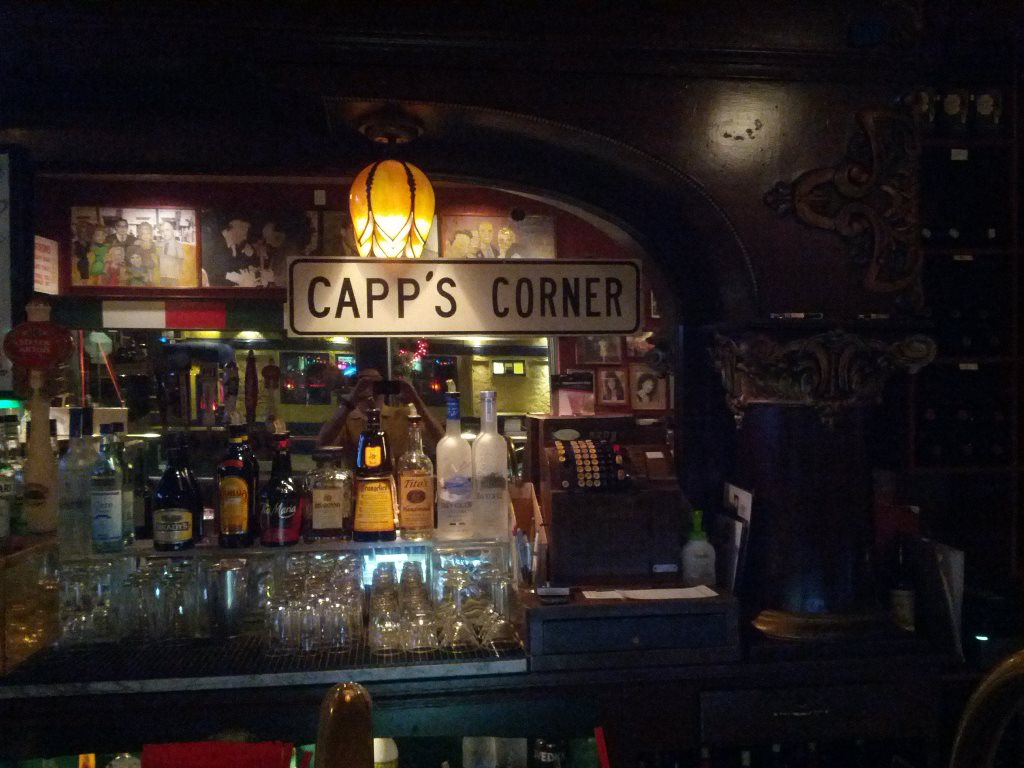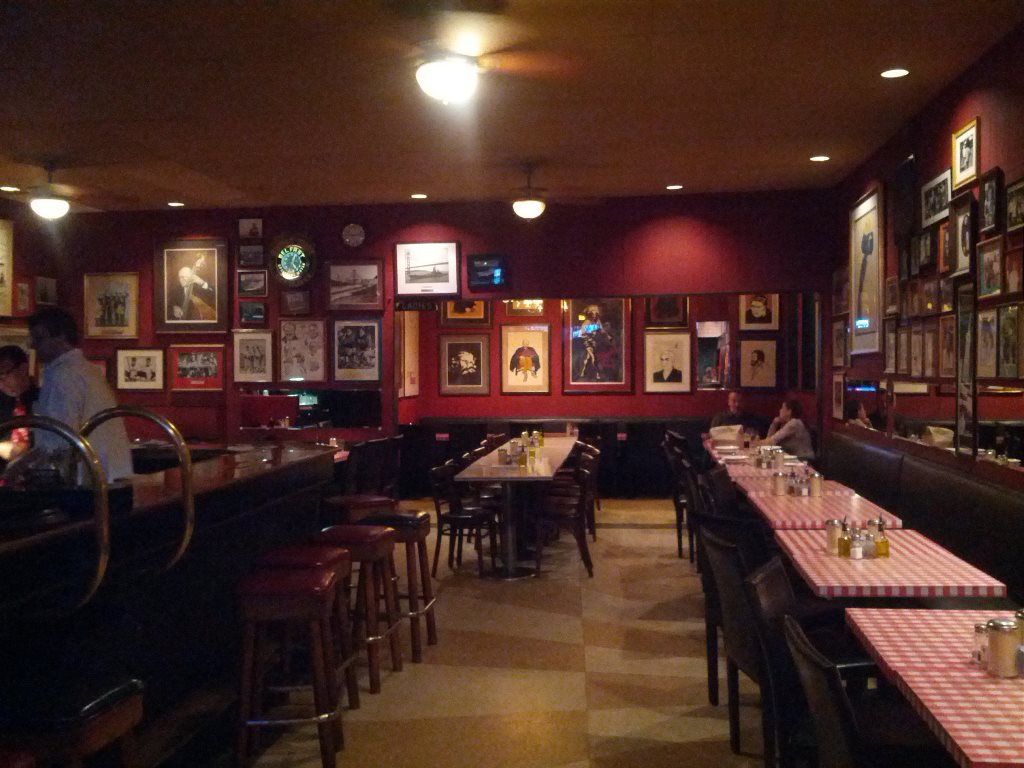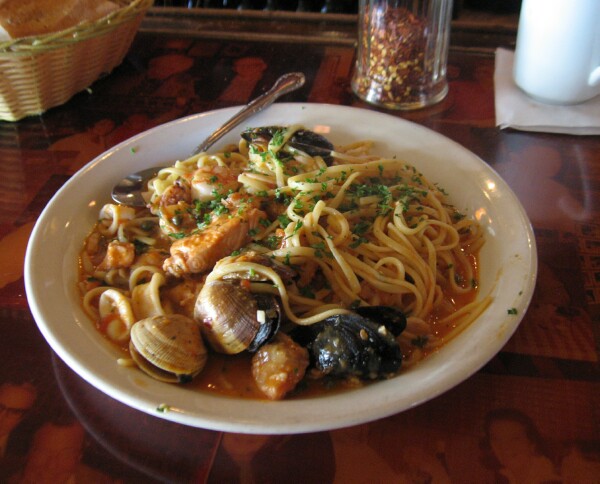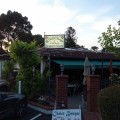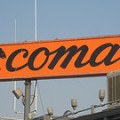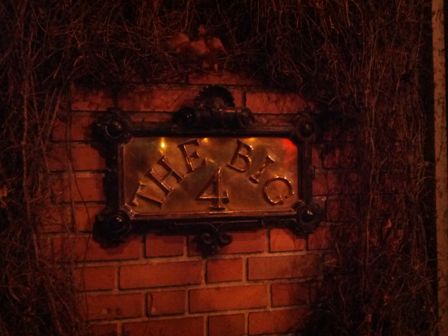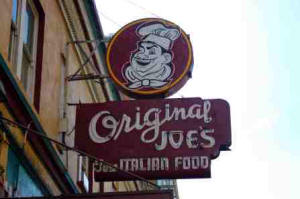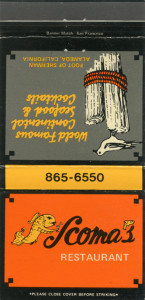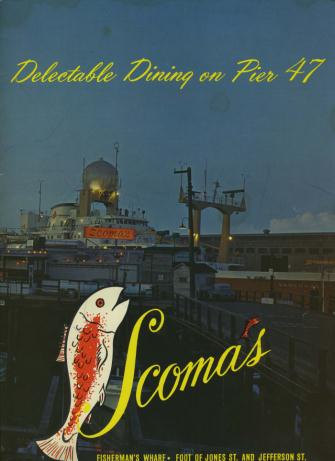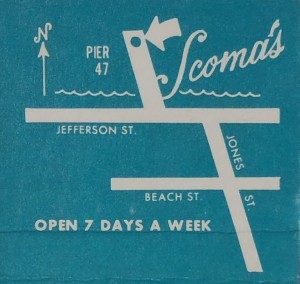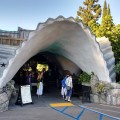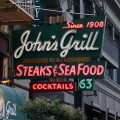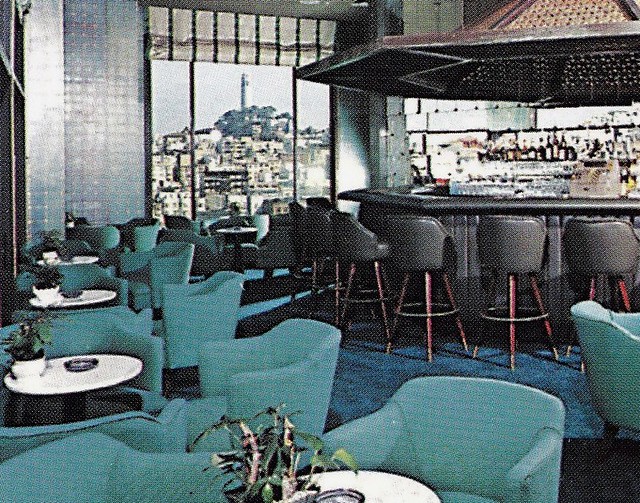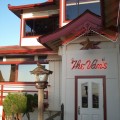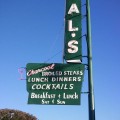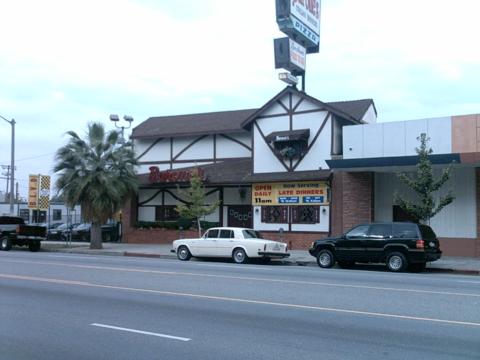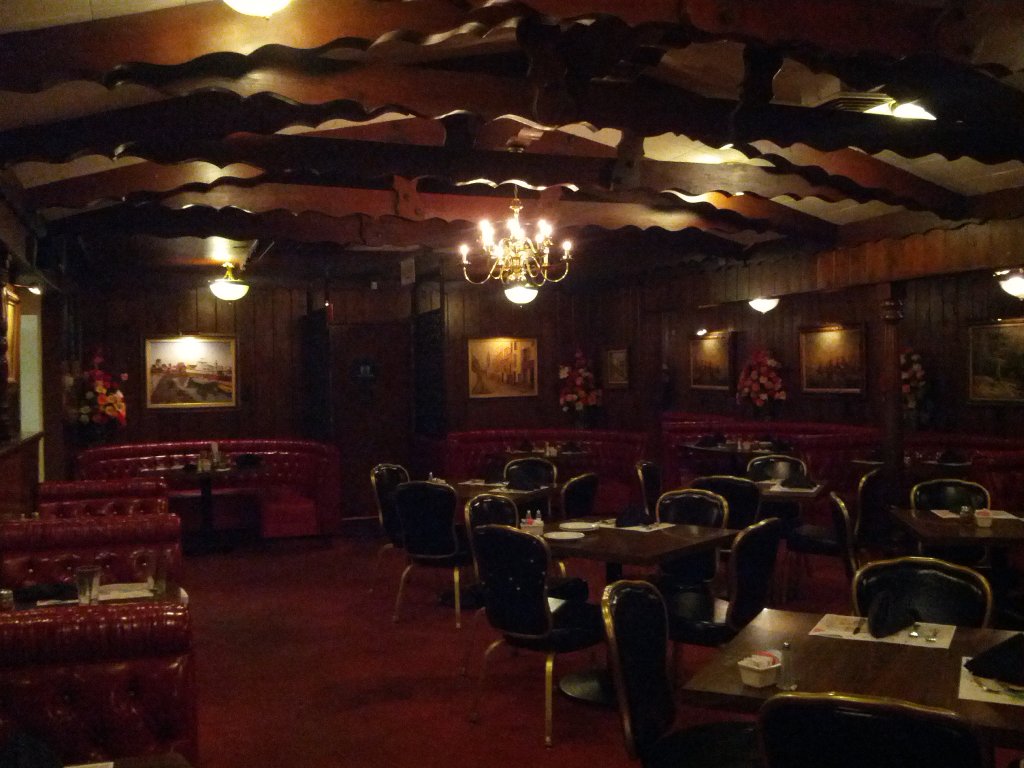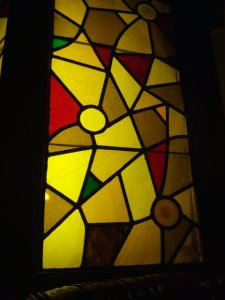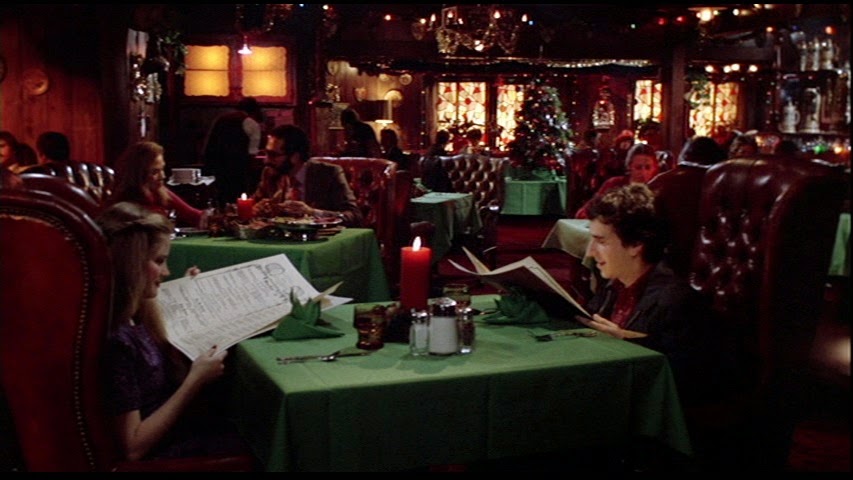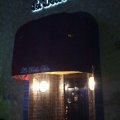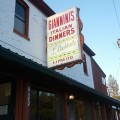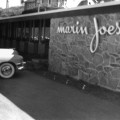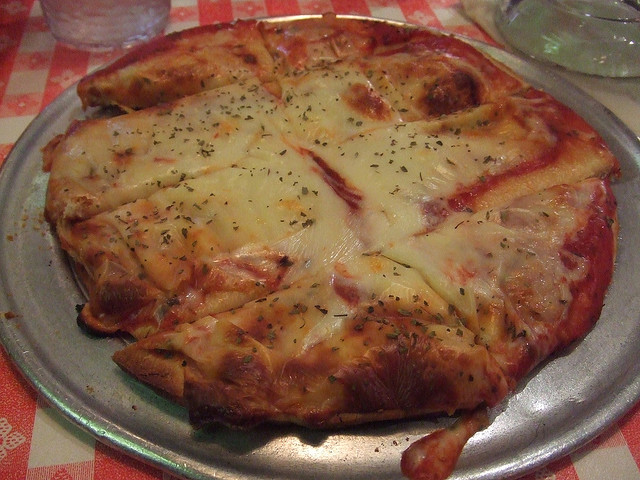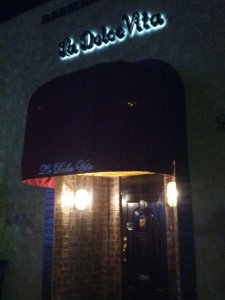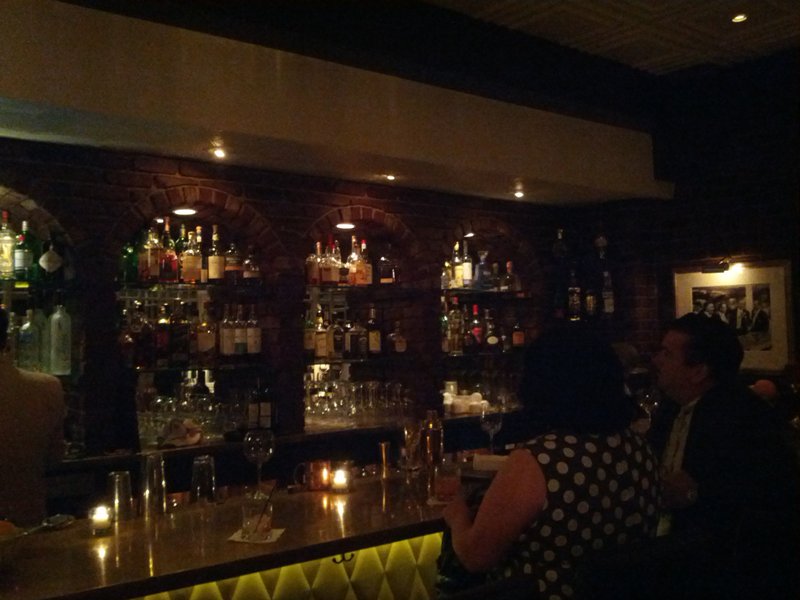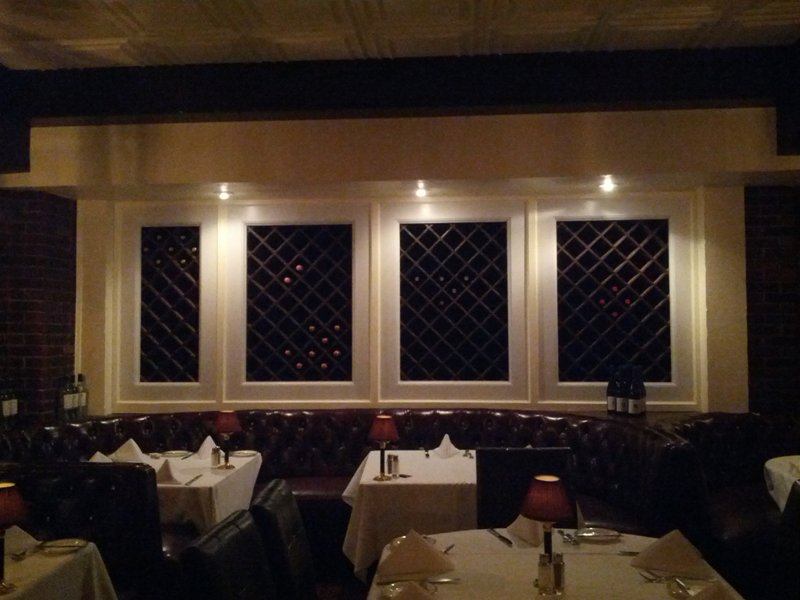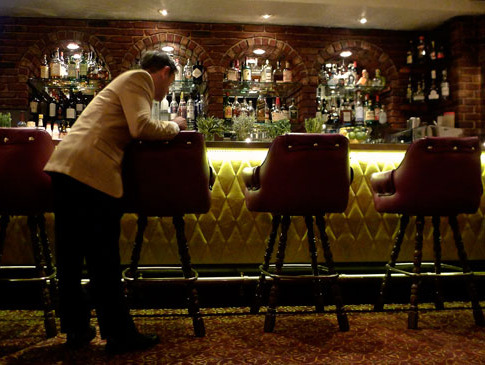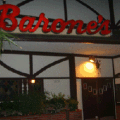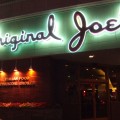Recently I heard a rumor on Facebook that one of the oldest Italian restaurants in North Beach, Capp’s Corner, is going to close on March 17th. I searched for more info and found out they simply can’t afford to stay in business after a huge rent increase. San Francisco, this is starting to get real old. Soon, I fear, much of the old charm in one of the most well-loved cities in the country will be gone, thanks to greedy landlords. I’m hoping Capp’s Corner can survive, but in any case I urge you to visit real soon.
Capp’s Corner was opened by Joe Capp (Caporale), a San Francisco native, boxing promoter, and bookie, and Frank Sarubei in 1963 on the corner of Green and Powell Streets. Joe tended bar and greeted customers at the door in his trademark fedora hat, black suit and tie, smoking his cigar. In the 1960s a dinner at Capp’s, served family style with soup, salad, bread, vegetable, and pasta, cost around $5. In the 1980s the restaurant was purchased by the current owner, Tom Ginella. Joe Capp passed away in 1996.
When you enter Capp’s you see the large carved-wood back bar, which appears to be over 100 years old (the restaurant was a Basque place before 1963). They still use the old manual cash registers at the bar.
The dining room is decorated with simple wooden furniture, checked table coverings, the original linoleum flooring, and many framed works of art and photographs on the walls, making for an interesting browse before or after your meal.
The dinners are served “family style” with a good, thick, house made minestrone soup, a green salad with house made creamy Italian dressing, and French bread (soup or salad at lunchtime). The menu includes several pasta dishes, which come with soup and salad, and many heartier entrees, which come with soup, salad, pasta marinara, and vegetables. The linguine with clams and mussels is very well-regarded (Lawrence Ferlinghetti, owner of City Lights bookstore, is a fan). Also popular are chicken parmigiana, petrale sole, leg of lamb, osso buco, and the NY steak, which a friend ordered on my recent visit. I was impressed by the flavor and size of the steak (only $25 with all the extras is a true steak bargain). I had the osso buco, which was very tender and served with plenty of delicious sauce. And you can bet that I’ll be going back soon for a steak or some pasta with clams and mussels!
Capp’s Corner
1600 Powell St, San Francisco, CA 94133
(415) 989-2589
Open for Lunch Sun, Mon, Wed-Fri 11:30am-2:30pm, Sat 11:30am-4:00pm
Dinner served Mon, Wed, Thur 4:30pm-10:00pm, Fri 4:30pm-10:30pm, Sat 4:00pm-10:30pm, Sun 2:30pm-10:00pm
Bar is open Mon 11:00am-10:00pm, Wed-Sun 11:30am-2:00am
Closed Tuesdays


